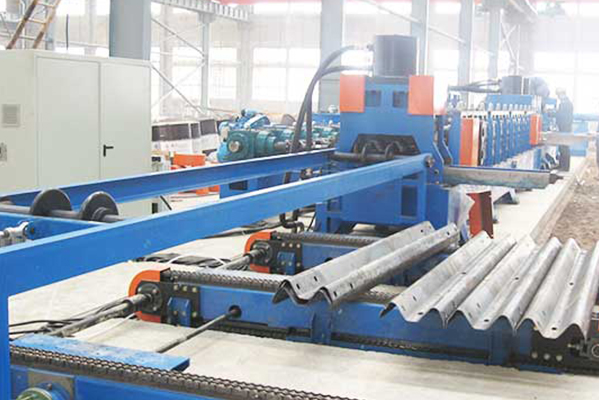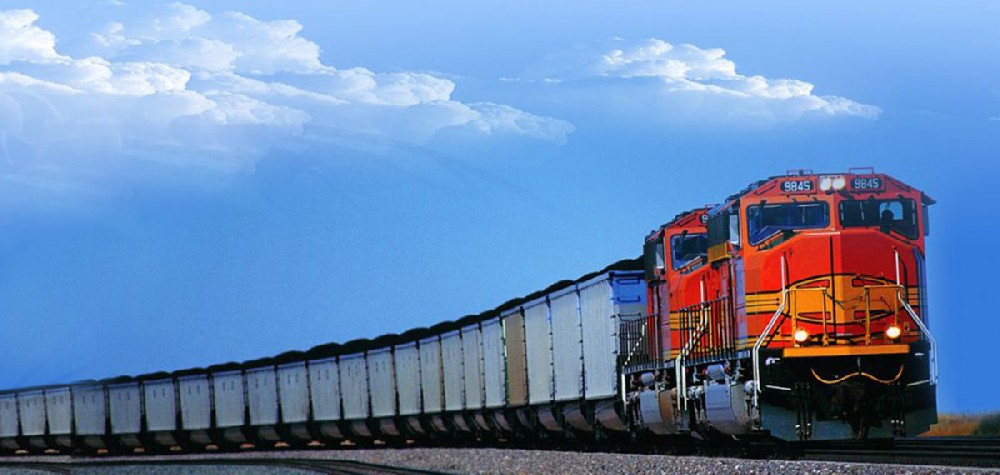Navigation Menu
Contact Us
- Email:
- info@wxavatar.com
- Address:
- Yurong Village, Yuqi Street, Huishan District, Wuxi, China.
Release Date:May 27, 2025 Visit:41 Source:Roll Forming Machine Factory
Highway safety remains a critical concern for transportation authorities worldwide. Among the various components that contribute to road safety, guardrails play an essential role in preventing vehicles from leaving the roadway or crossing into opposing traffic. The production of these vital safety barriers relies heavily on specialized equipment known as guardrail roll forming machines. This technology has significantly enhanced the quality and efficiency of guardrail manufacturing, leading to improved highway safety infrastructure.

The Role of Guardrail Roll Forming Machines in Safety Barrier Production
Guardrail roll forming machines are specialized manufacturing systems designed to produce metal guardrails through a continuous forming process. These machines take coiled steel and progressively shape it into the desired guardrail profile through a series of rollers. The precision of this process ensures consistent dimensions and structural integrity in every guardrail section produced.
The consistency achieved by guardrail roll forming machines translates directly to more reliable safety barriers on highways. Unlike other manufacturing methods that might produce variations in thickness or shape, roll forming maintains tight tolerances throughout long production runs. This uniformity means that each guardrail section will perform predictably upon impact, a crucial factor in highway safety.
Advantages of Roll Formed Guardrails for Highway Applications
Guardrails produced by roll forming machines offer several benefits that enhance their performance as safety barriers:
1.Structural Integrity: The cold-forming process work-hardens the steel, increasing its strength without additional heat treatment.
2.Consistent Performance: Uniform dimensions ensure predictable energy absorption during vehicle impacts.
3.Corrosion Resistance: The smooth surface produced by roll forming provides better coverage for protective coatings.
4.Customization Capabilities: Modern guardrail roll forming machines can produce various profiles to meet different safety requirements.
These characteristics make roll formed guardrails particularly effective at redirecting vehicles during collisions, absorbing impact energy, and minimizing damage to both vehicles and occupants.
Technological Advancements in Guardrail Roll Forming Equipment
Recent developments in guardrail roll forming machine technology have further improved their contribution to highway safety:
1.Computer-controlled systems ensure precise forming and cutting operations
2.Automated quality control detects defects during production
3.Flexible tooling allows quick changeovers between different guardrail profiles
4.Integrated punching and notching creates complete guardrail sections in one continuous process
These advancements enable manufacturers to produce guardrails that meet increasingly stringent safety standards while maintaining production efficiency.
Impact on Highway Safety Infrastructure Development
The availability of high-quality guardrails produced by advanced roll forming machines has allowed transportation agencies to:
1.Implement more extensive guardrail coverage on hazardous road sections
2.Upgrade existing safety barriers with improved designs
3.Standardize guardrail specifications across highway networks
4.Reduce maintenance requirements through more durable products
This has contributed to measurable improvements in road safety statistics, particularly in reducing the severity of run-off-road accidents.

Conclusion
Guardrail roll forming machines play a fundamental role in enhancing highway safety infrastructure by enabling the production of high-quality, consistent, and reliable safety barriers. As this technology continues to advance, it supports the development of even more effective guardrail systems that protect motorists and improve overall road safety. The precision and efficiency of modern guardrail manufacturing processes ensure that transportation authorities can depend on these critical safety components to perform as designed when needed most.